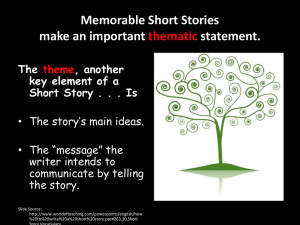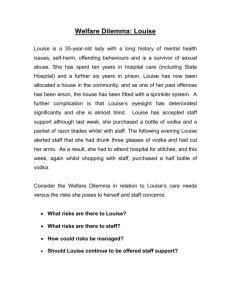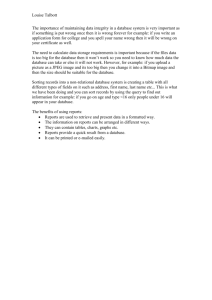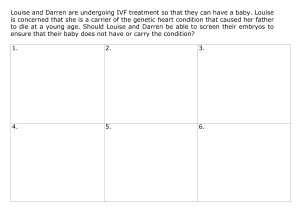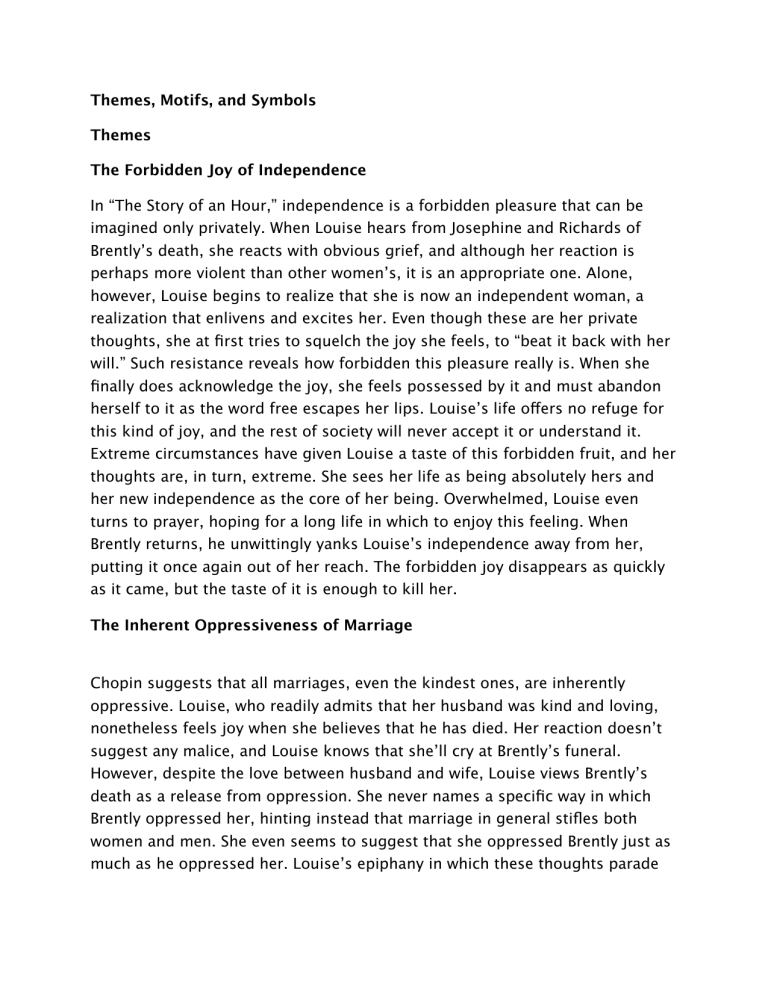
Themes, Motifs, and Symbols Themes The Forbidden Joy of Independence In “The Story of an Hour,” independence is a forbidden pleasure that can be imagined only privately. When Louise hears from Josephine and Richards of Brently’s death, she reacts with obvious grief, and although her reaction is perhaps more violent than other women’s, it is an appropriate one. Alone, however, Louise begins to realize that she is now an independent woman, a realization that enlivens and excites her. Even though these are her private thoughts, she at first tries to squelch the joy she feels, to “beat it back with her will.” Such resistance reveals how forbidden this pleasure really is. When she finally does acknowledge the joy, she feels possessed by it and must abandon herself to it as the word free escapes her lips. Louise’s life offers no refuge for this kind of joy, and the rest of society will never accept it or understand it. Extreme circumstances have given Louise a taste of this forbidden fruit, and her thoughts are, in turn, extreme. She sees her life as being absolutely hers and her new independence as the core of her being. Overwhelmed, Louise even turns to prayer, hoping for a long life in which to enjoy this feeling. When Brently returns, he unwittingly yanks Louise’s independence away from her, putting it once again out of her reach. The forbidden joy disappears as quickly as it came, but the taste of it is enough to kill her. The Inherent Oppressiveness of Marriage Chopin suggests that all marriages, even the kindest ones, are inherently oppressive. Louise, who readily admits that her husband was kind and loving, nonetheless feels joy when she believes that he has died. Her reaction doesn’t suggest any malice, and Louise knows that she’ll cry at Brently’s funeral. However, despite the love between husband and wife, Louise views Brently’s death as a release from oppression. She never names a specific way in which Brently oppressed her, hinting instead that marriage in general stifles both women and men. She even seems to suggest that she oppressed Brently just as much as he oppressed her. Louise’s epiphany in which these thoughts parade through her mind reveals the inherent oppressiveness of all marriages, which by their nature rob people of their independence. Motifs Weeping Louise’s weeping about Brently’s death highlight the dichotomy between sorrow and happiness. Louise cries or thinks about crying for about three-quarters of “The Story of an Hour,” stopping only when she thinks of her new freedom. Crying is part of her life with Brently, but it will presumably be absent from her life as an independent woman. At the beginning of the story, Louise sobs dramatically when she learns that Brently is dead, enduring a “storm of grief.” She continues weeping when she is alone in her room, although the crying now is unconscious, more a physical reflex than anything spurred by emotion. She imagines herself crying over Brently’s dead body. Once the funeral is over in her fantasies, however, there is no further mention of crying because she’s consumed with happiness. Symbols Heart Trouble The heart trouble that afflicts Louise is both a physical and symbolic malady that represents her ambivalence toward her marriage and unhappiness with her lack of freedom. The fact that Louise has heart trouble is the first thing we learn about her, and this heart trouble is what seems to make the announcement of Brently’s death so threatening. A person with a weak heart, after all, would not deal well with such news. When Louise reflects on her new independence, her heart races, pumping blood through her veins. When she dies at the end of the story, the diagnosis of “heart disease” seems appropriate because the shock of seeing Brently was surely enough to kill her. But the doctors’ conclusion that she’d died of overwhelming joy is ironic because it had been the loss of joy that had actually killed her. Indeed, Louise seems to have died of a broken heart, caused by the sudden loss of her much-loved independence. The Open Window The open window from which Louise gazes for much of the story represents the freedom and opportunities that await her after her husband has died. From the window, Louise sees blue sky, fluffy clouds, and treetops. She hears people and birds singing and smells a coming rainstorm. Everything that she experiences through her senses suggests joy and spring—new life. And when she ponders the sky, she feels the first hints of elation. Once she fully indulges in this excitement, she feels that the open window is providing her with life itself. The open window provides a clear, bright view into the distance and Louise’s own bright future, which is now unobstructed by the demands of another person. It’s therefore no coincidence that when Louise turns from the window and the view, she quickly loses her freedom as well.
